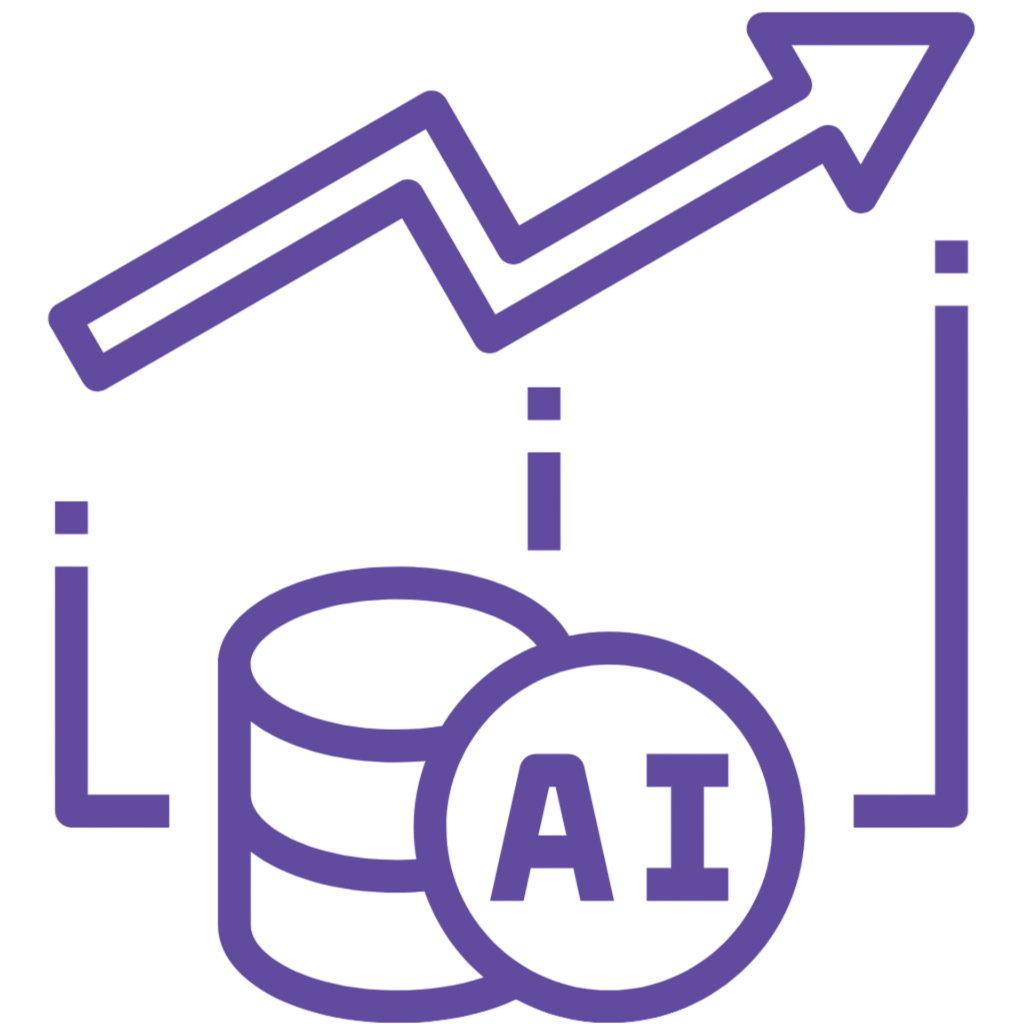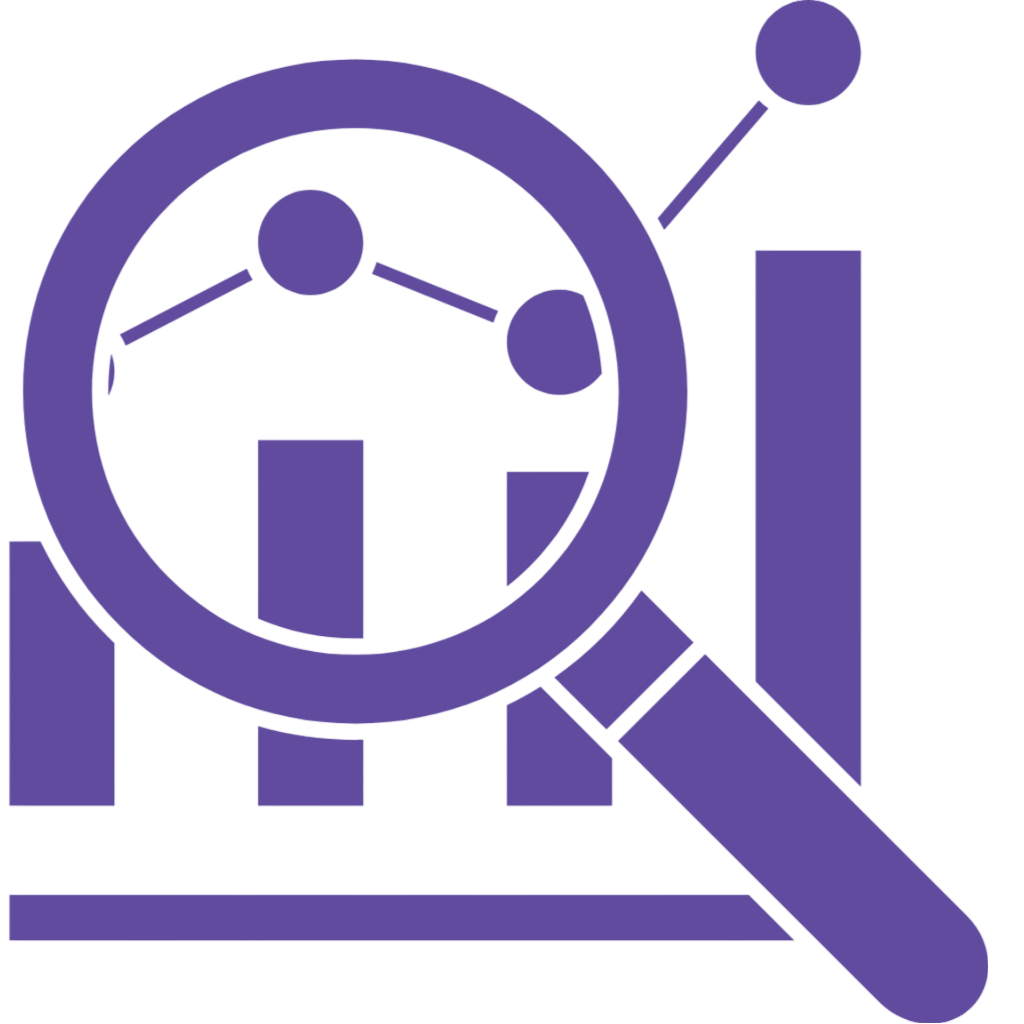The DevOps Research and Assessment (DORA) Metrics offer invaluable insights into the performance of your development and operational practices. Integrating these metrics into your workflow can lead to better decision-making, faster delivery, and enhanced overall performance. In this guide, we’ll explore how you can seamlessly incorporate DORA metrics into your processes.
Understanding DORA Metrics
DORA Metrics, established by the State of DevOps Report, focuses on key performance indicators (KPIs) that measure the effectiveness of software development and delivery practices. These metrics include deployment frequency, lead time for changes, change failure rate, and mean time to recover (MTTR). Each metric offers a unique perspective on your team’s efficiency and the quality of your software delivery pipeline.
Step 1: Identify Key Metrics for Your Team
Before integrating DORA Metrics into your workflow, it’s crucial to identify the specific metrics that align with your team’s goals. Assess your current workflow, understand pain points, and choose the DORA metrics that will provide the most relevant insights. For example, if your team is struggling with quick releases, focus on deployment frequency and lead time for changes.
Step 2: Establish Baseline Measurements
To effectively track improvements, establish baseline measurements for your chosen DORA metrics. Measure your current deployment frequency, lead time for changes, change failure rate, and MTTR. This baseline will serve as a reference point for future evaluations and help your team set realistic improvement goals.
Step 3: Integrate Metrics into Daily Discussions
Make DORA Metrics a part of your daily discussions to ensure continuous monitoring and improvement. Discuss these metrics during sprint planning, retrospectives, and daily stand-ups. By integrating these discussions into your regular activities, the team becomes more aware of their performance and can collectively work towards achieving better results.
Step 4: Implement Automation
Automation plays a pivotal role in efficient software delivery. Implement automation tools that align with DORA metrics, such as continuous integration and continuous delivery (CI/CD) pipelines. Automation not only accelerates the development process but also enhances the reliability of your releases, positively impacting metrics like change failure rate.
Step 5: Foster a Culture of Continuous Improvement
Successful integration of DORA metrics requires a culture of continuous improvement. Encourage open communication and feedback within the team. Regularly revisit DORA Metrics, celebrate achievements, and discuss areas for improvement. A culture of continuous improvement ensures that your team remains proactive in enhancing its workflow.
Step 6: Evaluate and Adjust
Regularly evaluate the impact of DORA Metrics integration on your workflow. Compare current measurements with the baseline and analyze trends over time. Identify patterns, celebrate successes, and address challenges. Adjust your strategies and practices based on the insights gained from DORA Metrics to continuously refine and optimize your processes.
Incorporating DORA metrics into your Agile workflow is a strategic initiative, and Kine serves as the instrumental partner in this transformative journey. With its predictive analytics, Kine allows teams to understand, measure, and enhance key metrics, fostering higher performance levels, accelerated delivery timelines, and a robust software development pipeline.










